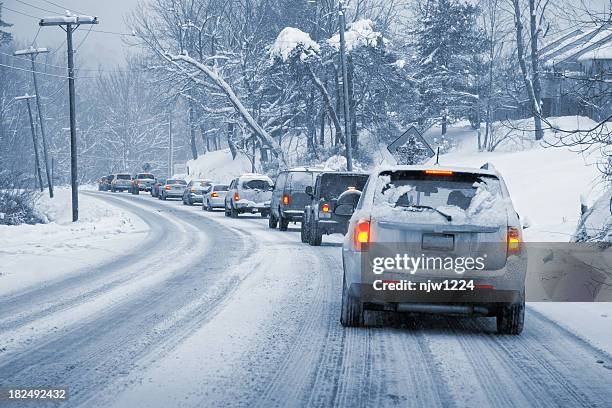When Does Winter Start/End: Solstice, Best Quotes and Facts
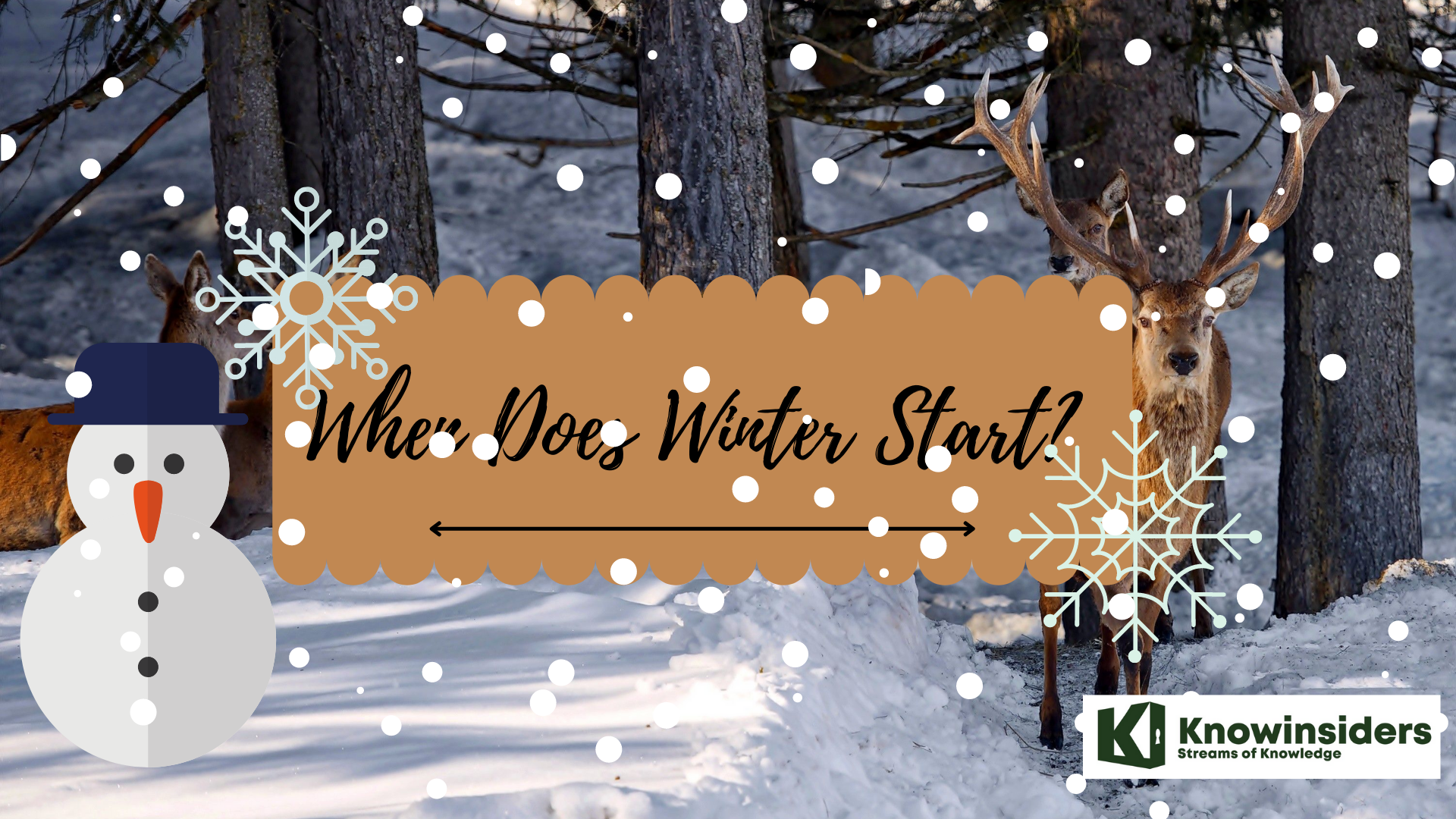 |
Winter is the coldest season of the year in polar and temperate zones; it does not occur in most of the tropical zone. It occurs after autumn and before spring in each year. Winter is caused by the axis of the Earth in that hemisphere being oriented away from the Sun. Different cultures define different dates as the start of winter, and some use a definition based on weather.
When it is winter in the Northern Hemisphere, it is summer in the Southern Hemisphere, and vice versa. In many regions, winter is associated with snow and freezing temperatures. The moment of winter solstice is when the Sun's elevation with respect to the North or South Pole is at its most negative value (that is, the Sun is at its farthest below the horizon as measured from the pole). The day on which this occurs has the shortest day and the longest night, with day length increasing and night length decreasing as the season progresses after the solstice.
The earliest sunset and latest sunrise dates outside the polar regions differ from the date of the winter solstice, however, and these depend on latitude, due to the variation in the solar day throughout the year caused by the Earth's elliptical orbit (see earliest and latest sunrise and sunset).
Astronomical winter
 |
| Photo: POPSUGAR |
This year, astronomical winter begins on 21 December 2021 and ends on 20 March 2022.
When does winter start/end?
For upcoming years, the dates for astronomical winter will be:
| Year | Winter Starts | Winter Ends |
|---|---|---|
| Winter 2021 | Tuesday, 21 December 2021 | Sunday, 20 March 2022 |
| Winter 2022 | Wednesday, 21 December 2022 | Monday, 20 March 2023 |
| Winter 2023 | Friday, 22 December 2023 | Wednesday, 20 March 2024 |
| Winter 2024 | Saturday, 21 December 2024 | Thursday, 20 March 2025 |
The astronomical calendar determines the seasons due to the 23.5 degrees of tilt of the Earth's rotational axis in relation to its orbit around the Sun. Both Equinoxes and Solstices are related to the Earth's orbit around the Sun. However, the dates of the Equinox and Solstice aren't fixed due to the Earth's elliptical orbit of the Sun.
Meteorological winter
However, at the Met Office, we often use a meteorological definition of the seasons. By the meteorological calendar, the first day of winter is always 1 December; ending on 28 (or 29 during a Leap Year) February.
Meteorological seasons consist of splitting the seasons into four periods made up of three months each. These seasons are split to coincide with our Gregorian calendar, making it easier for meteorological observing and forecasting to compare seasonal and monthly statistics.
The seasons are defined as spring (March, April, May), summer (June, July, August), autumn (September, October, November) and winter (December, January, February).
WHAT IS THE WINTER SOLSTICE?
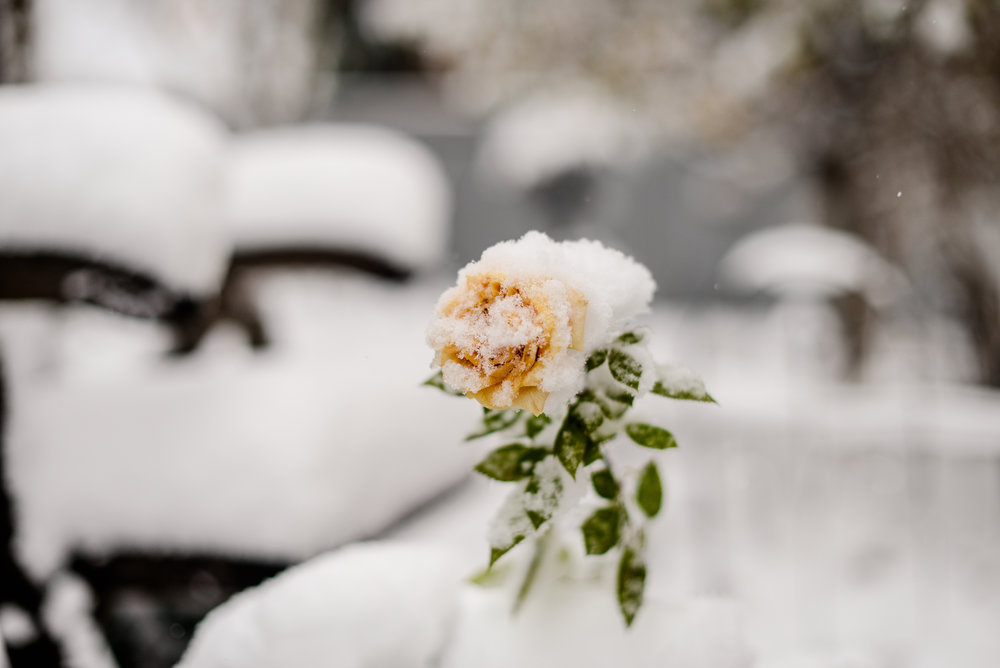 |
| Photo: Getty Images |
The winter solstice marks the official beginning of astronomical winter (as opposed to meteorological winter, which starts about three weeks prior to the solstice). The winter solstice occurs once a year in each hemisphere: once in the Northern Hemisphere (in December) and once in the Southern Hemisphere (in June). It marks the start of each hemisphere’s winter season. When one hemisphere is experiencing their winter solstice, the other is simultaneously experiencing their summer solstice!
This is all thanks to Earth’s tilted axis, which makes it so that one half of Earth is pointed away from the Sun and the other half is pointed towards it at the time of the solstice.
We often think of the winter solstice as an event that spans an entire calendar day, but the solstice actually lasts only a moment. Specifically, it’s the exact moment when a hemisphere is tilted as far away from the Sun as it can be. This is shown in the diagram below.
The winter solstice holds significance across a variety of cultures, as it signals the changing of the seasons. Some ancient peoples even marked the solstice using huge stone structures, like Newgrange in Ireland. In some cultures, the solstice traditionally marked the midway point of the season rather than the start of it, which explains why holidays such as Midsummer Day are celebrated around the first day of summer.
******READ MORE: Useful Tips to Drive on Icy Road in Winter
WHAT HAPPENS ON THE WINTER SOLSTICE?
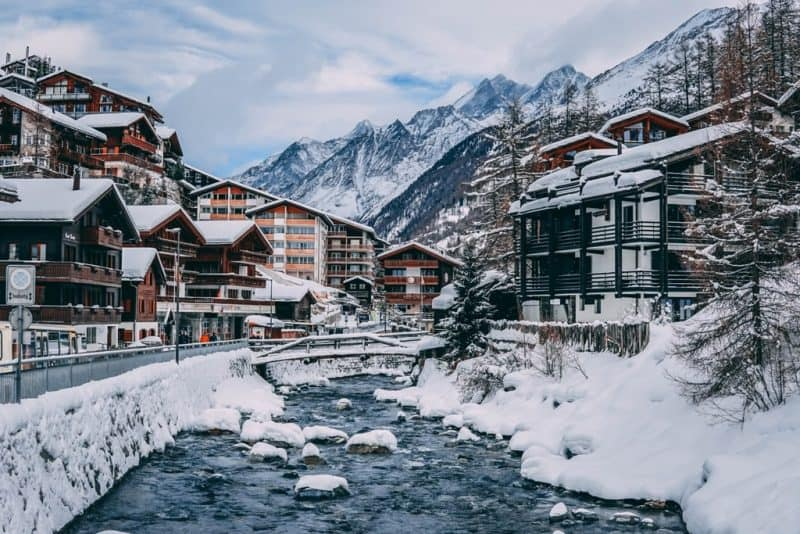 |
| photo: Travel Passionate |
On the day of the winter solstice, we are tilted as far away from the Sun as possible, which means that the Sun’s path across the sky is as low in the sky as it can be. Think about the daily path of the Sun: It rises in the east and sets in the west, arcing across the sky overhead. During the summer, the Sun arcs high in the sky, but during the winter, it arcs lower, closer to the horizon.
How can we observe the effects of solstice ourselves? On the day of the solstice, stand outside at noon and look at your shadow. It’s the longest shadow that you’ll cast all year! Do this again on the day of the summer solstice and you’ll see almost no shadow.
The Sun’s Changing Path
Another way to think of this is that on the day of the solstice, the Sun’s path reaches its most southerly point in the sky. For those of us in the Northern Hemisphere, this means that the Sun’s path is as low in the sky as it can get—even at “high noon.” In the Southern Hemisphere, it’s the opposite: The Sun’s path will be high in the sky on the winter solstice—directly overhead at noon at the latitude called the Tropic of Capricorn, which is an imaginary line that circles the Earth, running through parts of South America, southern Africa, and Australia.
The word solstice comes from Latin sol “sun” and sistere “to stand still.” So, loosely translated, it means “sun stand still.” Why? For a few days before and after the solstice, the Sun’s path across the sky appears to freeze. The change in its noontime elevation is so slight that the Sun’s path seems to stay the same, or stand still.
The day after the winter solstice, the Sun’s path begins to advance northward again, eventually reaching its most northerly point on the day of the summer solstice.
Then, as summer advances toward winter, the points on the horizon where the Sun rises and sets advance southward each day; the high point in the Sun’s daily path across the sky, which occurs at local noon, also moves southward each day. It’s a never-ending cycle!
8 Facts about Winter
1. Winter is coming
There are two different dates when winter could be said to begin, depending on whether we are referring to the Meteorological or Astronomical winter.
Astronomical winter is defined by the Earth’s orbit around the Sun and begins on the winter solstice, which falls on 21 or 22 December.
However, when recording and comparing climate data, it is important to have set dates that can be compared and so for this reason a fixed date of 1 December is used to mark the start of the meteorological winter.
2. Earth is closest to the Sun in winter
You might be surprised to know that in the northern hemisphere the Earth is closest to the Sun during winter.
Around 3 January, the Earth reaches perihelion (peri meaning 'near' and helion meaning 'sun') and the Earth is 3.1 million miles closer to the Sun than at aphelion (around 5 July when the Earth is furthest from the Sun).
Earth's distance from the Sun is not what causes the seasons but it does affect the length of them. Around perihelion, the Earth is moving around 1 kilometre per second faster than at aphelion which results in winter being 5 days shorter than summer.
3. The coldest temperature recorded in winter
The coldest temperature ever recorded during a UK winter was -27.2 °C, which has been recorded 3 times. It was twice recorded in the village of Braemar, on 11 February 1895 and again on 10 January 1982, and once in Altnaharra on 30 December 1995. Both sites are in the Scottish Highlands.
4. The winter of 1963
The winter of 1963 is one of the coldest on record and the coldest since 1740. Temperatures consistently reached lower than - 20 °C with blizzards, snowdrifts and even the sea freezing around the coast.
The severe cold began just before Christmas in 1962 as a high pressure system sat to the northeast of the UK for much of the winter, dragging cold polar winds over the UK.
On 29 and 30 December, a blizzard struck the UK with snowdrifts up to 6 metres deep. Snow continued to fall frequently and until early March 1963, much of the UK remained covered in snow.
5. The roots of winter
The word winter comes from the Germanic wintar which in turn is derived from the root wed meaning 'wet' or water', and so signifies a wet season.
In Anglo-Saxon cultures, years were counted by the winters, so a person could be said to be '2 winters old.' The first day of winter was also of symbolic importance named Vetrardag and falling comparatively early in the year between 10 and 16 October.
6. Wet snow vs. dry snow
Ever wondered why sometimes snow sticks together and sometimes it's powdery and loose? The reason for this lies in the snowflake's journey as it falls through the atmosphere.
Snowflakes that fall through a dry, cool atmosphere will be small and powdery and won't stick together. We call this dry snow - it's ideal for skiing, but not for building a snowman.
The snowflakes that form wet snow will have fallen through temperatures slightly warmer than 0 °C. As they fall, the snowflakes melt slightly around the edges and stick together to form large, heavy flakes. These stick together easily and are the best for a snowball fight and making snowmen.
7. Reindeer vision
Some reindeer living above the Arctic Circle live in complete darkness for several weeks of the year.
To adapt to this, a small area of tissue behind the retina called the tapetum lucidum changes colour from a gold colour in summer months to blue in winter. This allows the reindeer's eyes to detect ultraviolet light and to see in the dark.
8. How much water is there in snow?
The exact amount of water contained in snow can vary quite significantly depending on how the snow formed, but as a general average, every 12 cm of snow would provide 1 cm of water.
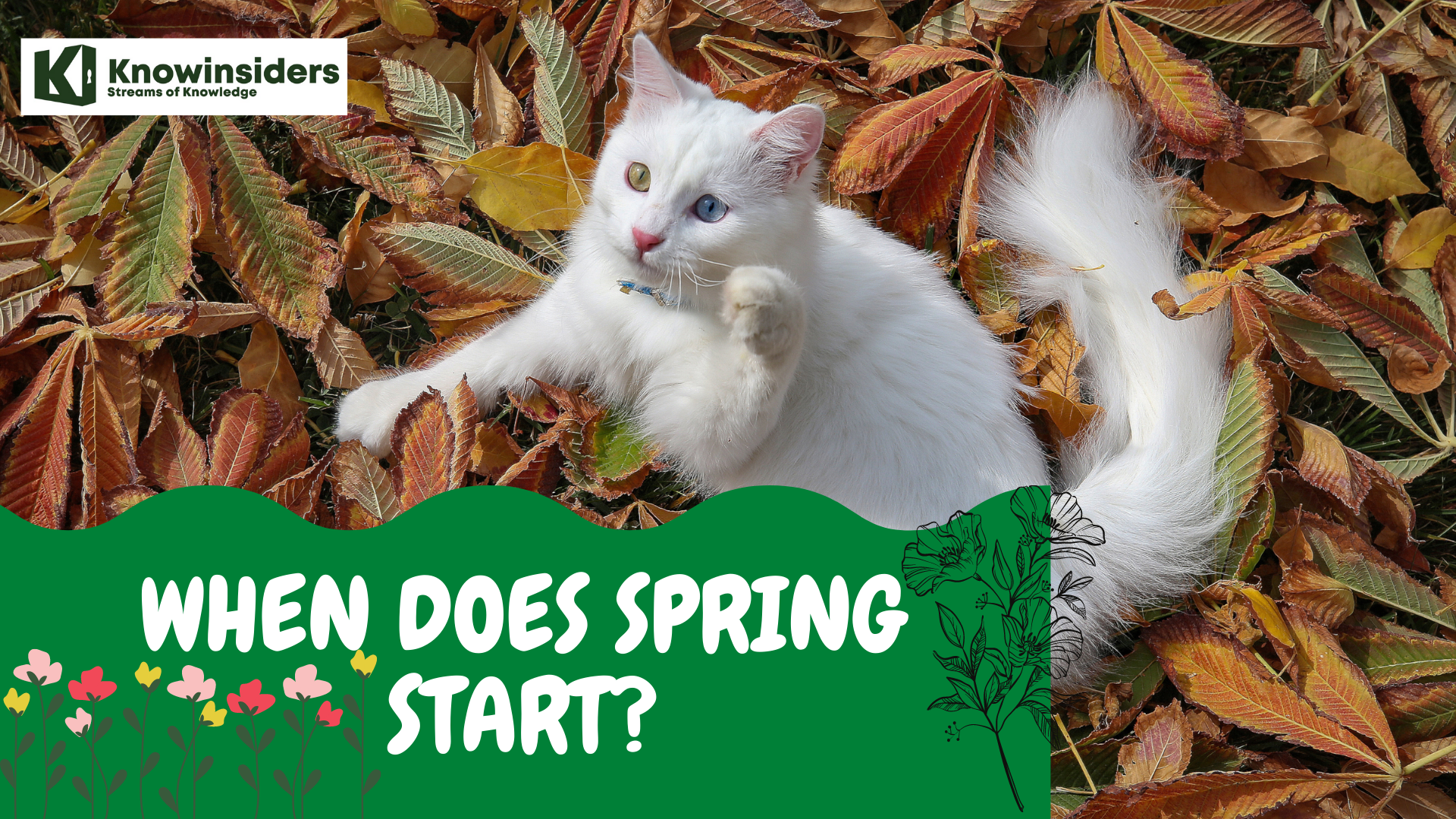 When Does Spring Start/End: Equinox, Best Quotes and Facts When Does Spring Start/End: Equinox, Best Quotes and Facts Spring is the most beautiful time of a year, as life begins again and flowers bloom. When does spring start this year? Keep reading the ... |
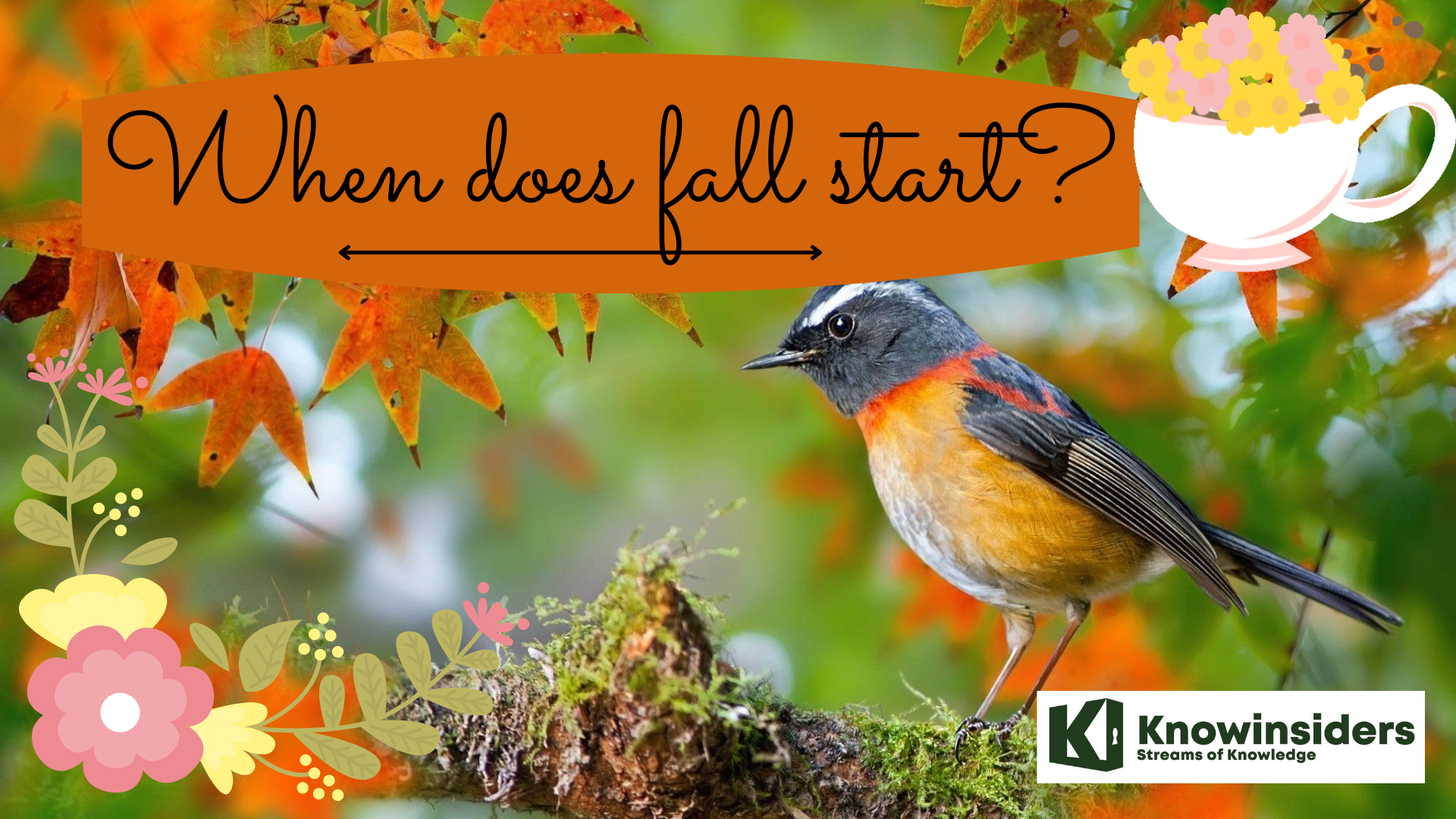 When Does Autumn Start/End: Equinox, Top Quotes and Best Season When Does Autumn Start/End: Equinox, Top Quotes and Best Season Autumn, also known as fall in North American English, is one of the four temperate seasons. It is also one of the most beautiful and ... |
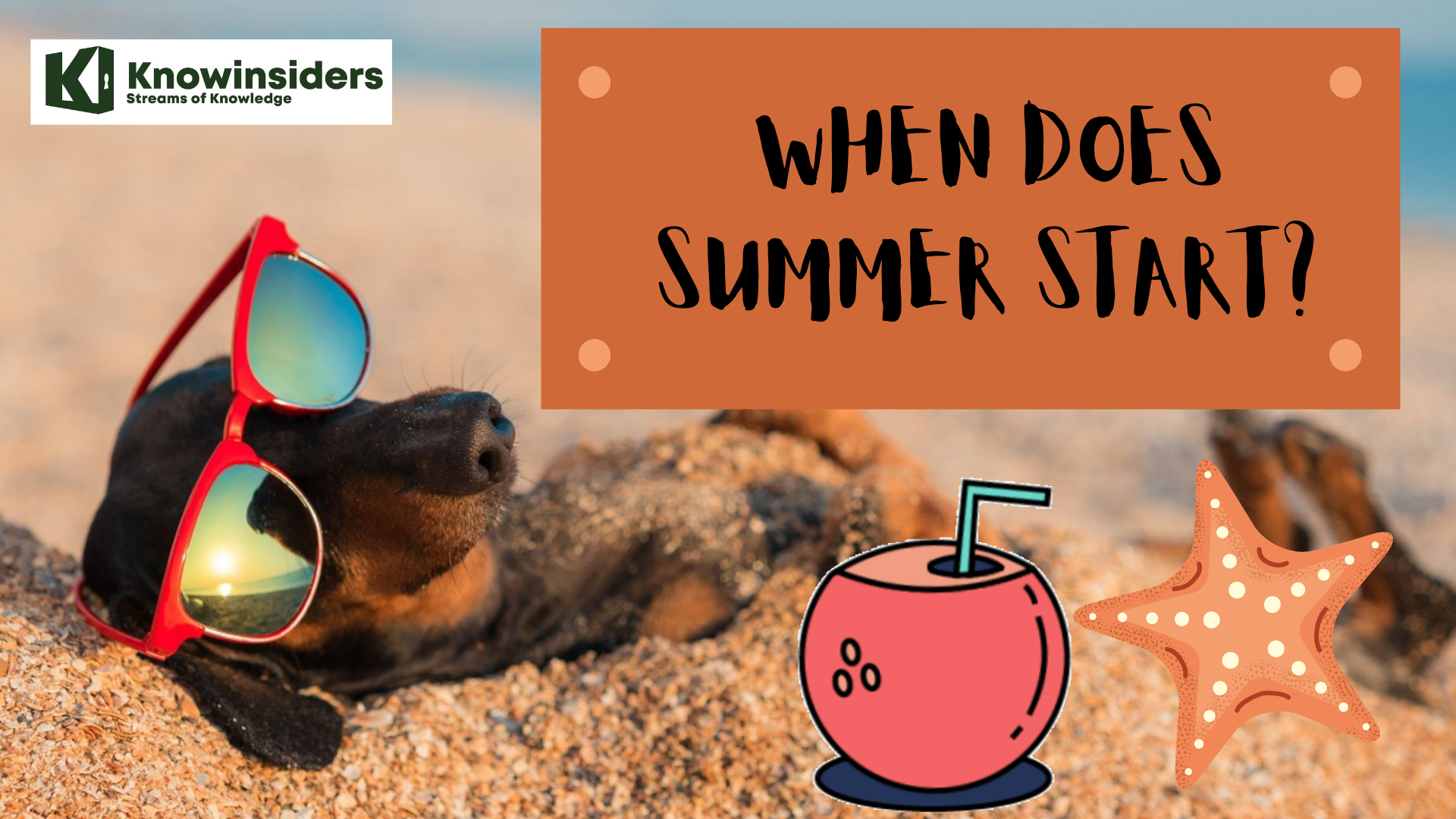 When Does Summer Start/End: Solstices, Equinoxes, Best Quotes and Facts About When Does Summer Start/End: Solstices, Equinoxes, Best Quotes and Facts About Summer is just one step away, and we cant wait for our holidays to come. When does summer start/end this year and next years? Keep ... |
Best Quotes for Winter
"To appreciate the beauty of a snowflake it is necessary to stand out in the cold."
- Aristotle
"What good is the warmth of summer, without the cold of winter to give it sweetness."
- John Steinbeck
"Nothing burns like the cold."
- George R.R. Martin
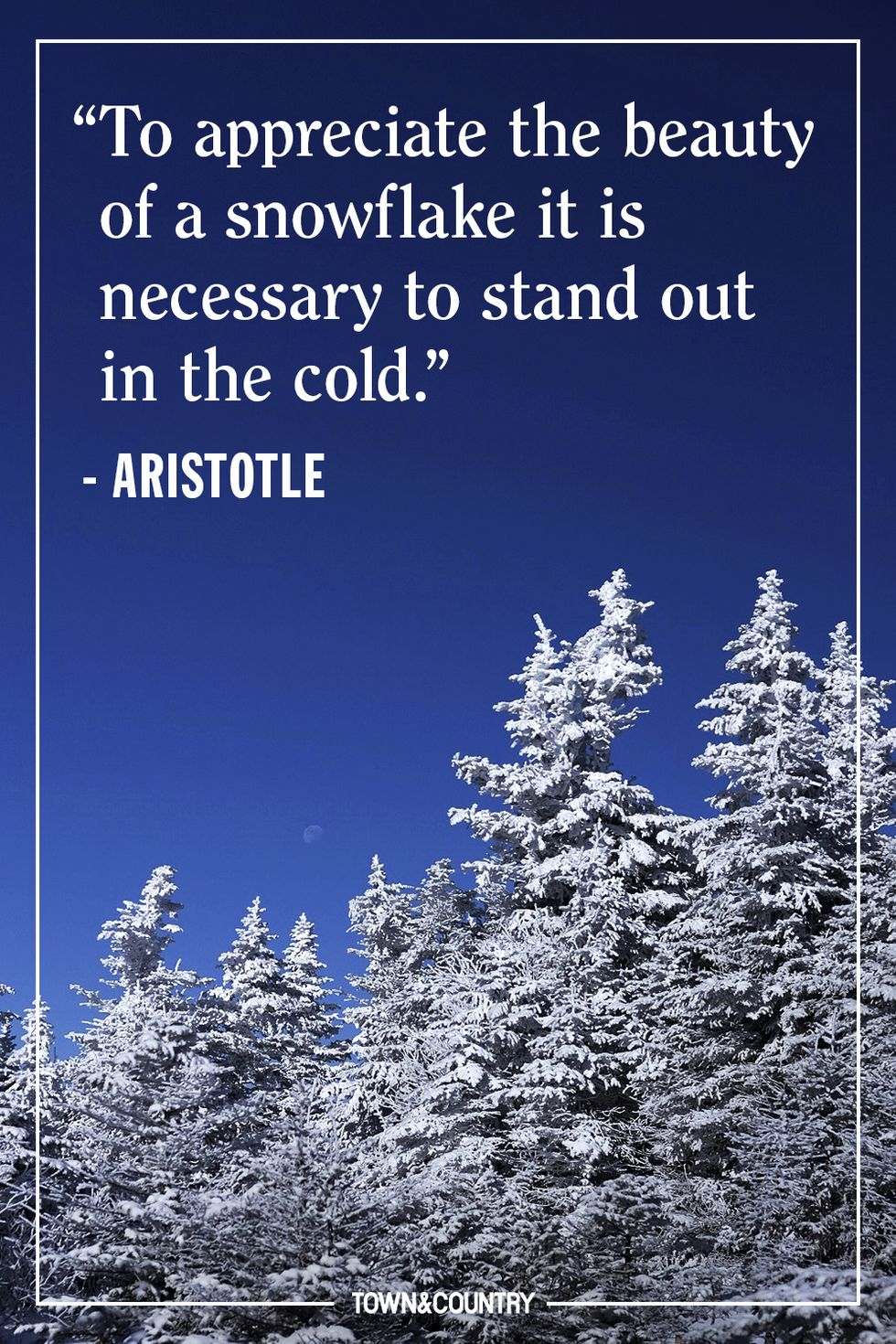 |
| Photo: Pinterest |
"I wonder if the snow loves the trees and fields that it kisses them so gently? And then it covers them up snug, you know, with a white quilt; and perhaps it says, 'Go to sleep, darlings, till the summer comes again.'"
- Lewis Carroll
"O, wind, if winter comes, can spring be far behind?"
- Percy Bysshe Shelley
"Winter is the time for comfort, for good food and warmth, for the touch of a friendly hand and for a talk beside the fire: it is time for home."
- Edith Sitwell
"They who sing through the summer must dance in the winter."
- Italian Proverb
"It was one of those March days when the sun shines hot and the wind blows cold: when it is summer in the light, and winter in the shade."
- Charles Dickens
"'Hear! hear!' screamed the jay from a neighboring tree, where I had heard a tittering for some time, 'winter has a concentrated and nutty kernel, if you know where to look for it.'"
- Henry David Thoreau
"Autumn arrives in early morning, but spring at the close of a winter day."
- Elizabeth Bowen
"I prefer winter and fall, when you feel the bone structure of the landscape — the loneliness of it; the dead feeling of winter. Something waits beneath it, the whole story doesn't show."
- Andrew Wyeth
"The fire is winter's fruit."
- Arabian Proverb
"A man says a lot of things in summer he doesn’t mean in winter."
- Patricia Briggs, Dragon's Blood
"People don’t notice whether it’s winter or summer when they’re happy."
- Anton Chekhov
"Winter is on my head, but eternal spring is in my heart."
- Victor Hugo
"Advice is like the snow. The softer it falls, the longer it dwells upon and the deeper it sinks into the mind.”
- Samuel Taylor Coleridge
"I got all my boyhood in vanilla winter waves around the kitchen stove."
- Jack Kerouac
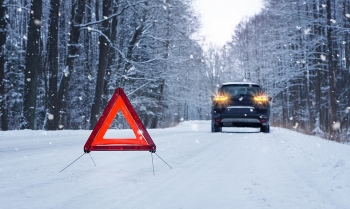 Useful Tips to Drive on Icy Road in Winter Useful Tips to Drive on Icy Road in Winter Winter is a challenging time for drivers, as sub-zero temperatures lead to potentially dangerous icy road conditions. Let's check out some useful tips for driving ... |
 9 simple TIPS for Haircare in Winter 9 simple TIPS for Haircare in Winter Winter has already set in! It is also a time to start planning a haircare routine that is fit for winter. Knowinsider is welcomed to ... |
 How to Keep Warm in Winter without Turning Up the Heat How to Keep Warm in Winter without Turning Up the Heat How to Stay Warm During Winter: These aren’t “big” projects like buying a new heating system, here are just some inexpensive, resourceful ways to help ... |
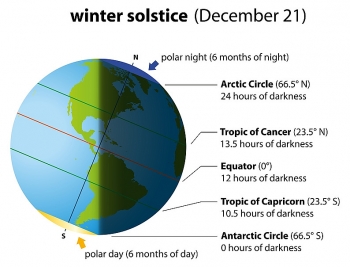 Winter Begins: Meaning and Acitivities! Winter Begins: Meaning and Acitivities! Winter is coming to every corner of your country. Have you ever paid your attention to the day which marks winter is about to start? ... |
 TIPS to prevent and care for dry skin in Winter TIPS to prevent and care for dry skin in Winter Treatment dry skin at home: Winter and skin are not the best of friends. As the temperatures continue to drop, the dry environment and lack ... |


